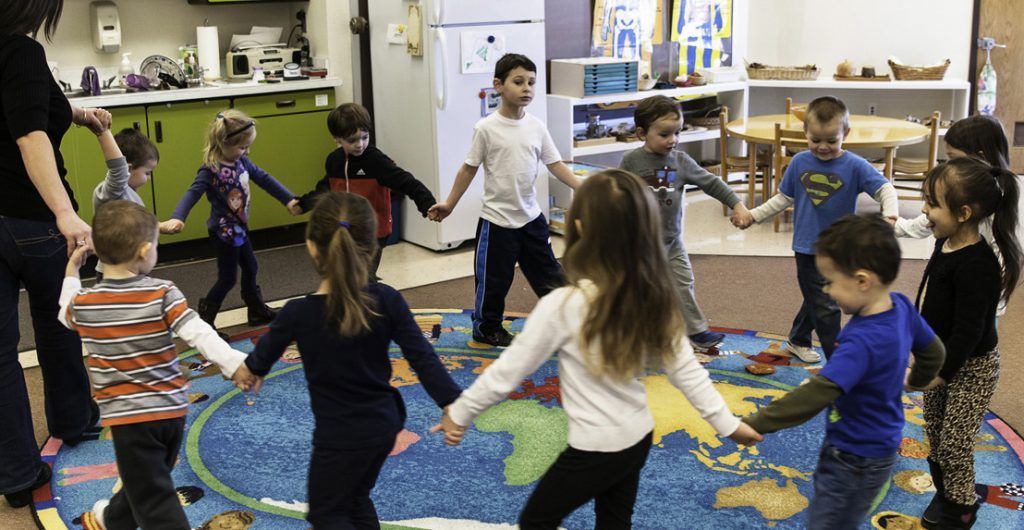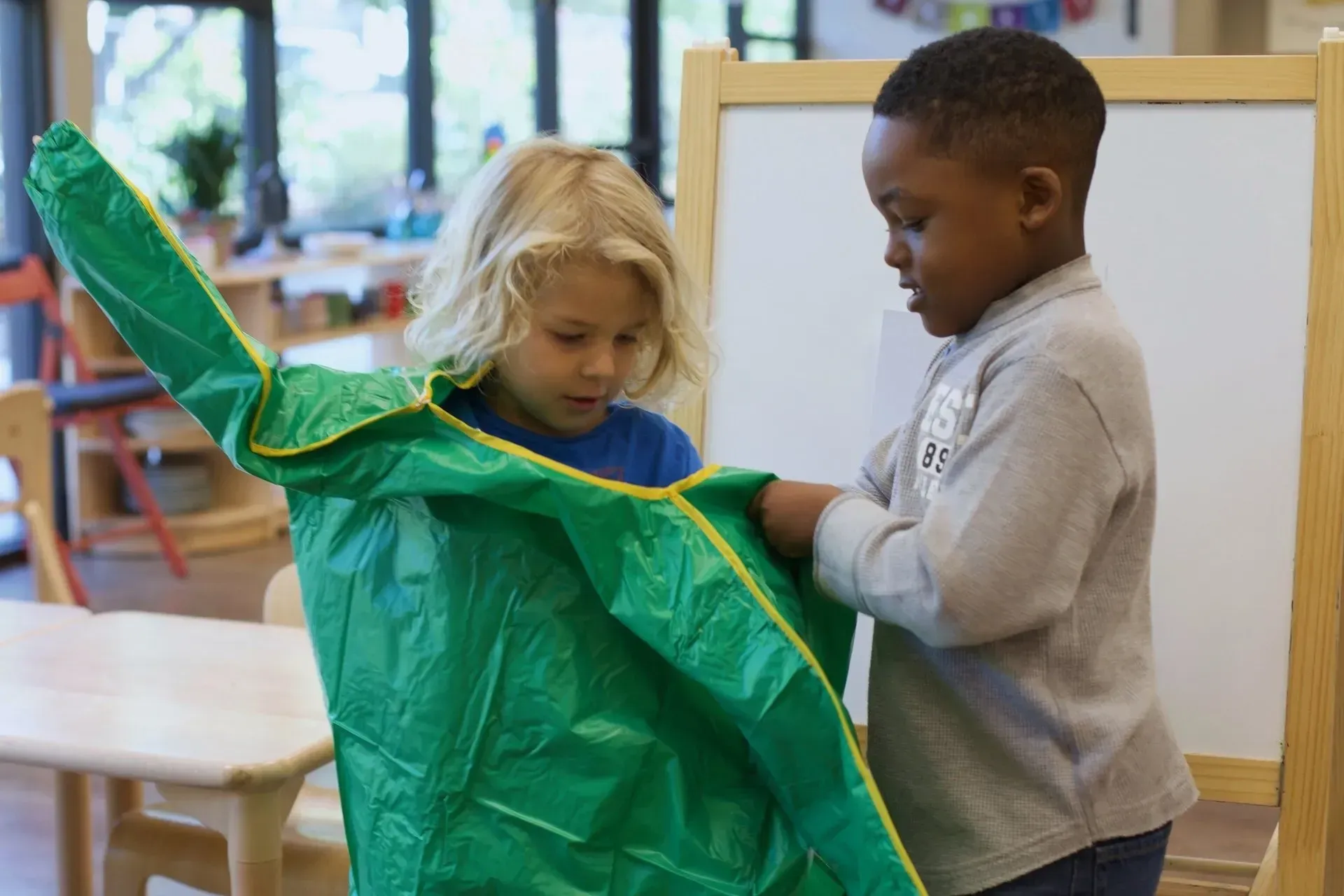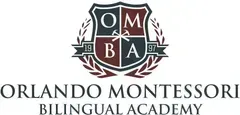
An Introduction to the Montessori Classroom for New Montessori Parents
• Circle time – These are daily gatherings of the whole Montessori class and occur at the beginning and end of the day as well as at transition times. Circle may include: calendar, singing, stories, science experiments, group lessons, problem solving.
• Lessons/Activities – This is direct instruction by a teacher. Lessons (also referred to as activities) are usually presented one-on-one or in a small group. After a lesson is presented, your child may work on that activity any time it is available.
• Work – A child’s work refers to a learning activity or set of Montessori materials. It includes direct and indirect aims, control of error, points of interest, and extensions. Work in the preschool classroom mostly consists of one- or two-person activities.
• Mats – All work in the Montessori classroom, except written work, is done on mats. The mat clearly delineates the student’s personal work space. Don’t be surprised if your child comes home asking for a mat to work on!
• Snack – It is not unusual for snack to be a child’s favorite activity! Snack in the Montessori classroom is treated as a work. Your child will have a lesson on snack preparation. Afterward, he will be able to prepare and serve himself a snack during the day. Snack is kept simple and is not meant to replace a healthy meal.
• Quiet or “Inside” voice – Children often need a lesson on finding and using their quiet voice in the classroom. This ensures a respectful working environment for everyone.
• Practical Life – Practical Life activities are the traditional works of the family and home. They allow children to gain independence and self-discipline, develop gross and fine motor skills, build concentration, as well as indirectly prepare for math and writing. Maria Montessori observed that children prefer real work over imaginary work and real, child-sized tools are used.
• Sensorial –Sensorial work covers every quality that can be perceived by the senses. The purpose and aim of Sensorial work is for the child to acquire clear, conscious, information and to be able to then make classifications in the environment. The Sensorial and Practical Life work is unique to the Montessori classroom.
• Grace and Courtesy – Preschool children are in a sensitive period for learning good manners and becoming aware of being part of a community. Common courtesies such as saying please and thank you, greeting visitors, serving food, holding the door open and pushing in chairs are presented as lessons to the children.
• The Peace Table or Peace Place – Dr. Montessori recognized children as the redeeming factor in the evolution of humankind. ThePeace Table (or Place) is a designated place where children can go to peacefully resolve conflict and work out their differences.
Your child’s enthusiasm for their Montessori classroom may become contagious. For further reading on the Montessori preschool environment you may wish to try:
• A Parents’ Guide to the Montessori Classroom, by Aline D. Wolf
• Child of the World: Michael Olaf’s Essential Montessori for Ages 3-12+, by The Michael Olaf Company
• How to Raise an Amazing Child the Montessori Way, by Tim Seldin
• The Montessori Way, by Tim Seldin



